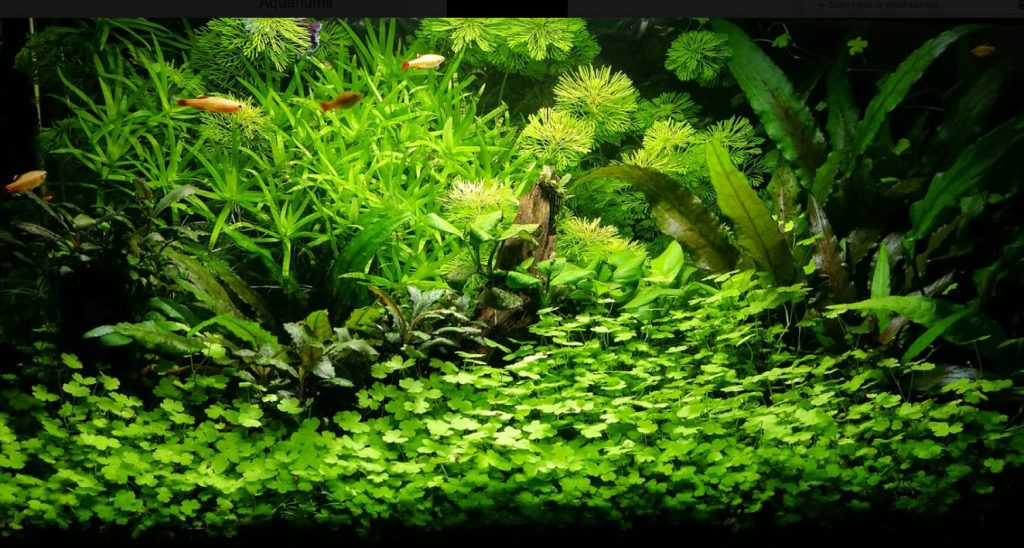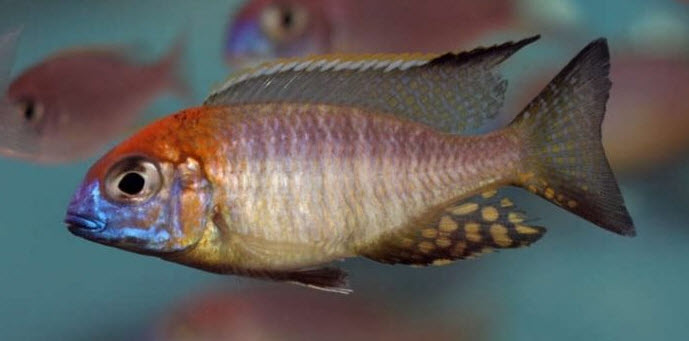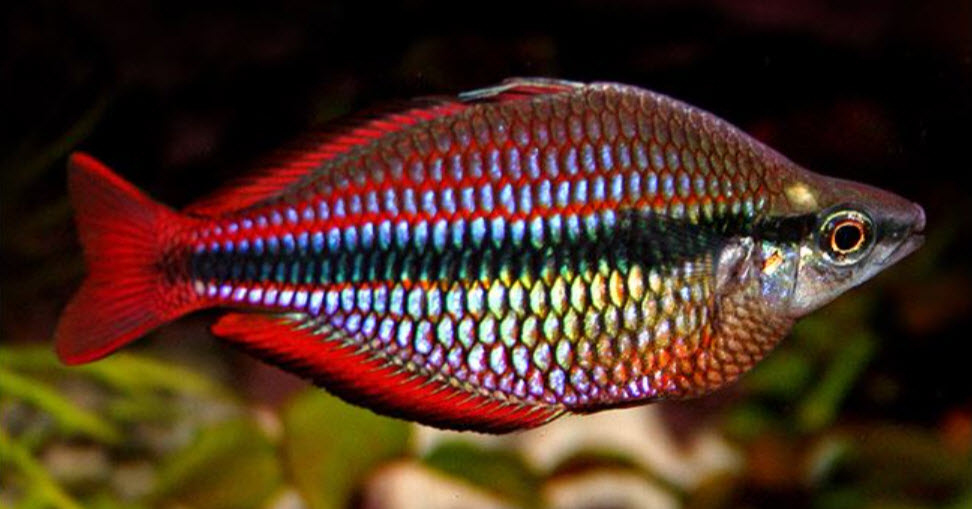
The basic concept here is to remove as much solid feces and uneaten food as possible before it degrades and fouls the water with nitrogen in the form of ammonia. This will reduce the ammonia and nitrate load to the aquarium by roughly 5% to 10%. The key identifying property with mechanical filters in the aquarium is that the filter will need to be cleaned or replaced weekly. If it doesn’t plug up weekly it’s probably not really acting as a mechanical filter.
Note that the “best” form of mechanical filtration is daily vacuuming of the feces from a tank. In warm, well aerated aquarium water feces break down into dissolved organic compounds relatively quickly. So the faster the feces are removed the better off the aquarium is. But I’m far too lazy for daily vacuuming.

Types of Mechanical Filtration
There are many types of mechanical filtration, typically dependent on the type of filter they are in.
Cartridges
By far the most common cleaned mechanical filter is the fuzzy polyester fabric cartridges filled with media in cartridges on hang-on-the-back filters. These materials have pores sizes of about 1,000-micron, one millimeter or 0.040 inch. The cartridges are easy to remove and clean as frequently as one desires. The filter manufacturers recommend you replace the HOB cartridges on a frequent basis, such as once a month. Ignore them, they just want your money.
Just clean the OUTSIDE of a cartridge when it fouls and stops the water flow. Leave the brown gunk INSIDE a cartridge. Better yet, replace the cartridges with foam blocks or plastic pot scrubbers.

Canisters
Mechanical filtration in canister filters is typically done with polyester fiber floss (i.e. Polyfil). This floss stops fish feces and uneaten food in a brown viscous film on its surface. Like all mechanical filters this floss needs to be cleaned or replaced weekly to be effective.
Still another purely mechanical filter is bonded polyester pads (one type is a “Pinkie” pad). These polyester pads are useful for purely mechanical filtration in canisters.
Foam acts a a somewhat efficient mechanical filter. A 40 ppi foam might be a 95% mechanical filter while a 20 ppi foam might only be a 30% mechanical filter. The main filtration of foam is its ability to biofilter. Foam is only surpassed by fluidized K1 as a biofilter.

Undergravel Filter
Undergravel Filters make very good “uncleaned” mechanical filters. Small particles like feces and uneaten food stick quite readily to the gravel biofilm. The particles are rapidly degraded by the constant flow of oxygenated water.
Sponge Filter
An air operated sponge filter of 40 ppi foam is a very weak mechanical filter because of the design of the filter. There isn’t sufficient flow through the sponge to do a very good job of mechanical filtration. One should just clean the outside of these filters on a regular basis, but no great harm will come from not cleaning them.
Sumps
For high end cleaned mechanical filtration the best mechanical filter is a bag arrangement in a sump, with a 100-micron bag filter or filters. They are easy to clean and last a very long time. Joey (the King of DIY aquariums) has gone over to bags in his sump designs. Many others use polyester pads like the pinkie pad in their sumps quite successfully.

Settling Filter
One misunderstood type of mechanical filtration is a settling aquarium filter. There are a host of circular flow settling filter designs on YouTube. This type of filter needs a large container, like at least a five gallon bucket. The flow is in and out very high in the bucket, allowing large particles like feces to settle to the bottom of the bucket. This bottom is then occasionally drained to eliminate the brown settled “gunk” from the aquarium system.
If this “gunk” is drained once a week from the settling filter or so it works as a mechanical filter. But if this settling filter is only cleaned every six months things change. Over the span of about one month the “gunk” will convert from “bad gunk” to “good gunk”. The brown gunk will become a floating mass of translucent brown “gunk” with huge numbers of beneficial bacteria.
When such a settling filter is drained with removal of the brown gunk there is a real chance fish will be impacted to some degree by ammonia poisoning. Settling filters work best if cleaned weekly or NEVER cleaned. Note that some put very puffed up filter floss or pillow stuffing in such a settling filter where it stabilizes the floc and acts as a very good biofilter.
Uncleaned Mechanical Filtration
Click on this link to better understand an alternative to cleaned mechanical filtration:
6.1.2. Uncleaned Mechanical Filtration
.
Return to Filtration Menu
.
Aquarium Science Website
The chapters shown below or on the right side in maroon lead to close to 400 articles on all aspects of keeping a freshwater aquarium. These articles have NO links to profit making sites and are thus unbiased in their recommendations, unlike all the for-profit sites you will find with Google. Bookmark and browse!
.

Ben Z says
Dave, there are now rather innovative mechanical “pre filters” that can be attached to canisters, used in sumps (or even attached to a powerhead/air lift and used on their own. They generally use something similar to the radial flow design to make the solid waste settle, and use no media. There are also a couple of “cyclone” designs, but those I tried aren’t fantastic.
I bought quite a few of these to test. There are two main types. The cheaper ones usually require u to manually pull out the settling compartment and empty it. The more expensive ones come with backwash functions. Some of these are remarkably easy to backwash, some are more troublesome. The easiest ones basically just require you to pop a ball valve and drain into a bucket.
Prices vary, but a reliable unit wouldn’t exceed $100 as far as I can tell. I’m not sure if Amazon is selling them yet though. Assuming cleaned mechanical filtration can remove 10% to 30% of the bioload in an aquarium, as you wrote in another article, these could be cost-effective options for some folks, especially those with monster/messy fish. What do you think?